I have a large library of many pre-recorded music notes (some ~1200), which are all of consistant amplitude.
I'm researching methods of layering two notes over each other so that it sounds like a chord where both notes are played at the same time.
Samples with different attack times:
As you can see, these samples have different peak amplitude points, which need to line up in order to sound like a human played chord.
Manually aligned attack points:
The 2nd image shows the attack points manually alligned by ear, but this is a unfeasable method for such a large data set where I wish to create many permutations of chord samples.
I'm considering a method whereby I identify the time of peak amplitude of two audio samples, and then align those two peak amplitude times when mixing the notes to create the chord. But I am unsure of how to go about such an implementation.
I'm thinking of using python mixing solution such as the one found here Mixing two audio files together with python with some tweaking to mix audio samples over each other.
I'm looking for ideas on how I can identify the times of peak amplitude in my audio samples, or if you have any thoughts on other ways this idea could be implemented I'd be very interested.